Select category
Archaeology
Fossils
Minerals & Meteorites
Taxidermy
Archaeology & Natural History - Other
Classical Art
Modern & Contemporary Art
Photography
Posters
Art - Other
African Art
Asian Art (General)
Chinese Art
Indian & Islamic Art
Japanese Art
Southeast Asian, Oceanic & American Art
Asian & Tribal Art - Other
Breweriana
Beer
Champagne
Oil & Vinegar
Port & Sweet Wines
Rum, Cognac & Fine Spirits
Whisky
Wine
Beer, Wine & Whisky - Other
Antiquarian
Books - Art & Photography
Cartography
Historical Photography
Books - Other
Ancient Coins
Banknotes
Bullion
Exonumia
Postcards
Stamps
Virtual & Crypto
World Coins
Coins & Stamps - Other
Metazoo Cards
Metazoo Memorabilia
Flesh & Blood Cards
Flesh & Blood Memorabilia
Kryptik Cards
Kryptik Memorabilia
Digimon Cards
Digimon Memorabilia
My Hero Academia Cards
My Hero Academia Memorabilia
Cardfight!! Vanguard Cards
Cardfight!! Vanguard Memorabilia
Dragon Ball Cards
Dragon Ball Memorabilia
Final Fantasy Cards
Final Fantasy Memorabilia
Force of Will Cards
Force of Will Memorabilia
Future Card Buddyfight Cards
Future Card Buddyfight Memorabilia
Magic: The Gathering Cards
Magic: The Gathering Memorabilia
Pokémon Cards
Pokémon Memorabilia
Weiss Schwarz Cards
Weiss Schwarz Memorabilia
World of Warcraft Cards
World of Warcraft Memorabilia
Yu-Gi-Oh Cards
Yu-Gi-Oh Memorabilia
Collectible Card Games - Other
Comic Books & Memorabilia
Franco-Belgian & European Comics
Manga & Asian Comics
Other Comic Book Traditions
Original Comic Art
Artbooks
Magazines
Fan Clubs & Zines
Merchandise & Memorabilia
Comic Book Supplies & Accs
Price & Buyers' Guides
Comics - Other
Automobilia & Motobilia
Classic Cars
Classic Motorcycles & Scooters
Classic Cars, Motorcycles & Automobilia - Other
Funko
NFTs
Computer
Theater
LEGO
Movies, TV & Animation
Video Games
Entertainment & Games - Other
Panini
Pop Culture Merchandise
Board Games
Puzzles
Bags
Clothing
Fashion Accessories
Fashion Inspiration
Shoes
Fashion - Other
Antiques
Art Nouveau & Art Deco
Clocks
Cooking & Dining
Decorative Objects
Design & Vintage
Interiors
Lighting
Plants & Bonsai
Rugs
Interiors & Decorations - Other
Diamonds
Gemstones
Jewelry
Jewelry & Precious Stones - Other
Militaria
Militaria & Historical Documents - Other
Tobacciana
Audio Equipment
Cameras & Optical Equipment
Music Memorabilia
Musical Instruments
Vinyl Records
Music & Cameras - Other
DC Universe Cards
DC Universe Memorabilia
Doctor Who Cards
Doctor Who Memorabilia
Game of Thrones Cards
Game of Thrones Memorabilia
Garbage Pail Kids Cards
Garbage Pail Kids Memorabilia
Harry Potter Cards
Harry Potter Memorabilia
James Bond Cards
James Bond Memorabilia
Lord of the Rings Cards
Lord of the Rings Memorabilia
Marvel Cards
Marvel Memorabilia
Star Trek Cards
Star Trek Memorabilia
Star Wars Cards
Star Wars Memorabilia
Walking Dead Cards
Walking Dead Memorabilia
Non Sport Trading Cards - Other
Cycling Memorabilia
Sports Memorabilia
Sports - Other
Baseball Memorabilia
American Football Memorabilia
Basketball Memorabilia
Soccer Memorabilia
Boxing Memorabilia
Hockey Memorabilia
Auto Racing Memorabilia
Golf Memorabilia
Cricket Memorabilia
Baseball Cards
American Football Cards
Basketball Cards
Soccer Cards
Boxing Cards
Hockey Cards
Auto Racing Cards
Golf Cards
Sports Cards - Other
Cricket Cards
Barbie
PEZ
Action Figures
Disneyana
Model Cars
Model Trains
Stuffed Animals
Toys
Vintage & Antique
Toys & Models - Other
Luxury Accessories
Pocket watches
Wristwatches
Watches - Other
